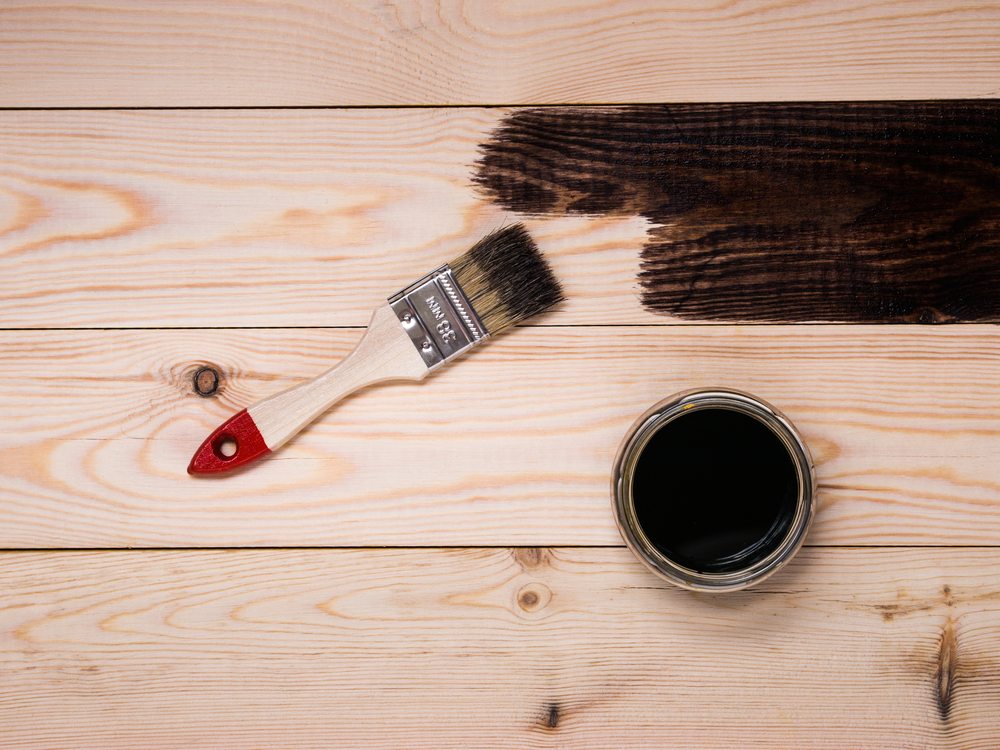From your floors and furniture, to the trim around your windows and your backyard deck, there’s nothing that quite matches the natural beauty of wood. One of the best ways to bring out that beauty, while helping to preserve it at the same time, is to stain the wood.
If you’ve ever done a DIY staining project, you know how amazing it is to see the transformation from bare to stained wood – all in an almost foolproof process.
But where things can get quite complicated and somewhat more difficult is when you try to match an existing wood stain. While you can choose any stain your heart desires for bare wood, matching and existing stain severely restricts your choices. And getting it wrong can be disastrous.
You can face a number of obstacles that add to the difficulty getting a good match, but if you know more about them, you’ll increase your chances of success.
1. Species of Wood
It might look the same, but different species of wood can have vastly different reactions to stain. Characteristics like wood density affect how the stain is absorbed – and how it looks. This is true even of different varieties of the same wood, like pine or maple.
2. The Grain
Even when you stain the same type of wood, grain patterns can be different from one piece to another. The patterns can be affected by blemishes in the wood and how the lumber was cut at the mill.
3. Humidity
The amount of moisture in the wood affects how much stain is absorbed. Drier wood absorbs more stain.
4. Lighting
If you try to match a wood stain in your living room under incandescent light, it will look different in your work room if it is lit with fluorescent lighting.
5. Stain Intensity
In addition to the moisture content of the wood, a stain’s absorption rate will be affected by how long you allow the stain to be absorbed.
Stain matching is not easy, but with practice, your results will improve.
[gravityform id=”1″ title=”true” description=”true”]

